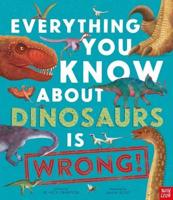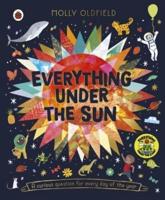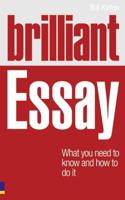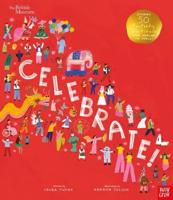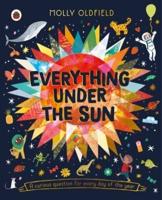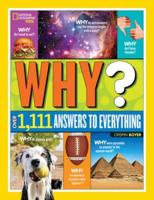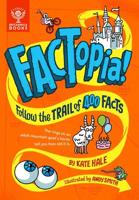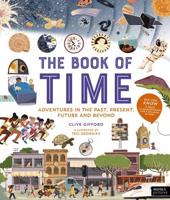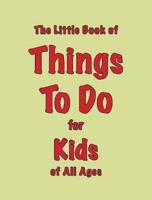Publisher's Synopsis
his neurostory can interest a wide audience, including educators, students, parents and anyone who is interested in the process of learning and self-improvement. Some specific audiences that might find this tale appealing include;
1. Educators and Teachers: Educators can relate to the teacher who is passionate about Egyptian antiquity and her creative approach to teaching complex concepts to students. This story reminds them of the importance of fostering a supportive and encouraging environment in the classroom, where students feel comfortable asking for help and recognizing their own limitations.
2. Students and youth: Students may see themselves mirroring the students in the story and their initial reluctance to ask for help for fear of appearing less intelligent or competent. The story teaches them that asking for help is not a sign of weakness, but a valuable tool to grow and learn on their educational journey.
3. Parents and Caregivers: Parents and caregivers can find a lesson in this story on how to foster a positive attitude toward learning in their children. It shows them the importance of supporting and encouraging them to ask for help when they need it, and how this can contribute to their personal and academic growth.
4. People interested in education and personal growth: Those who have an interest in education, learning and personal development may find this story inspiring and motivating. It reminds them that acknowledging our limitations and asking for help is an essential part of the learning and growing process.
In summary, this therapeutic tale offers a valuable lesson on the importance of asking for help and recognizing our limitations in the process of learning and personal growth. It can resonate with a wide audience, including educators, students, parents, and those interested in education and personal development.
In addition, it can be used in educational contexts because it addresses different pedagogical learning styles that allows students to be served in all their diversity of needs.

